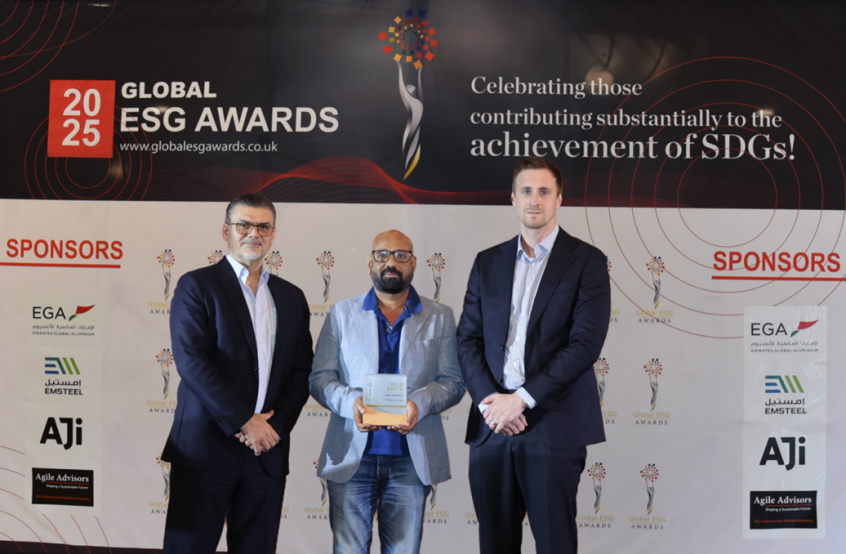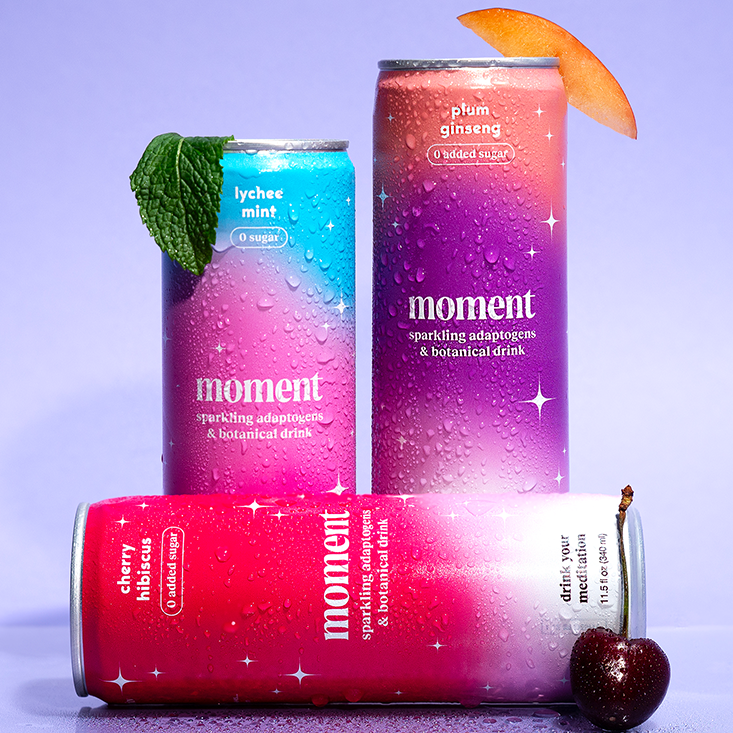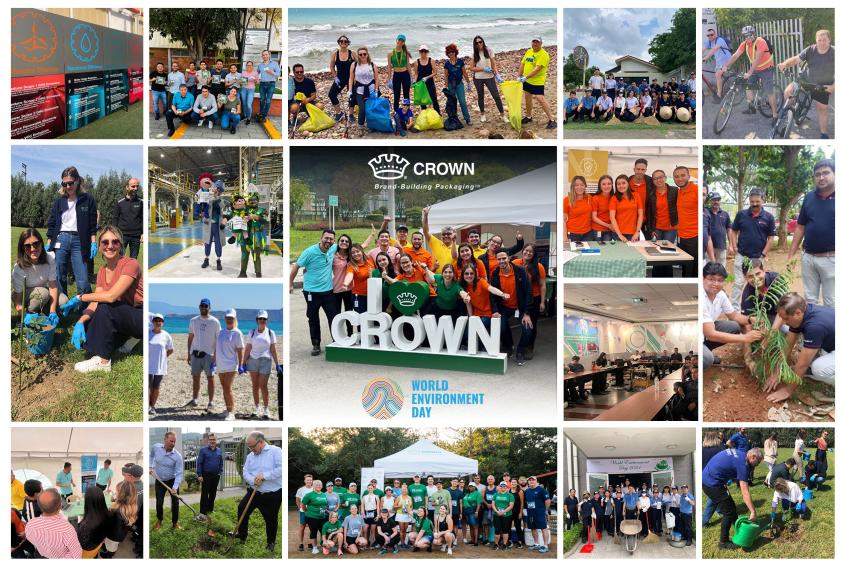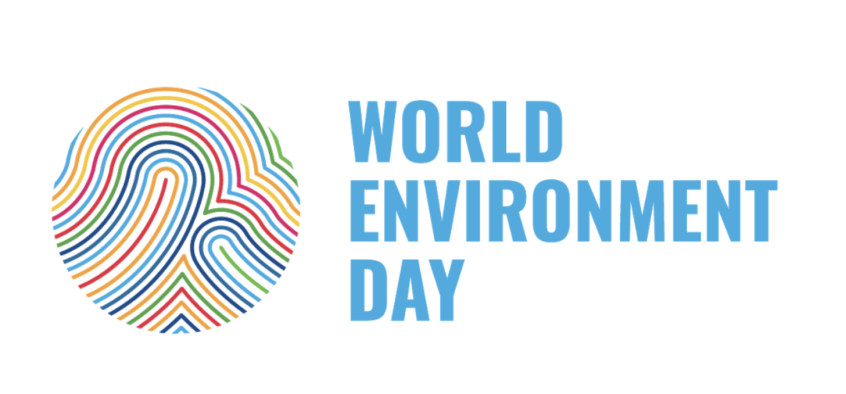Sustainably Speaking
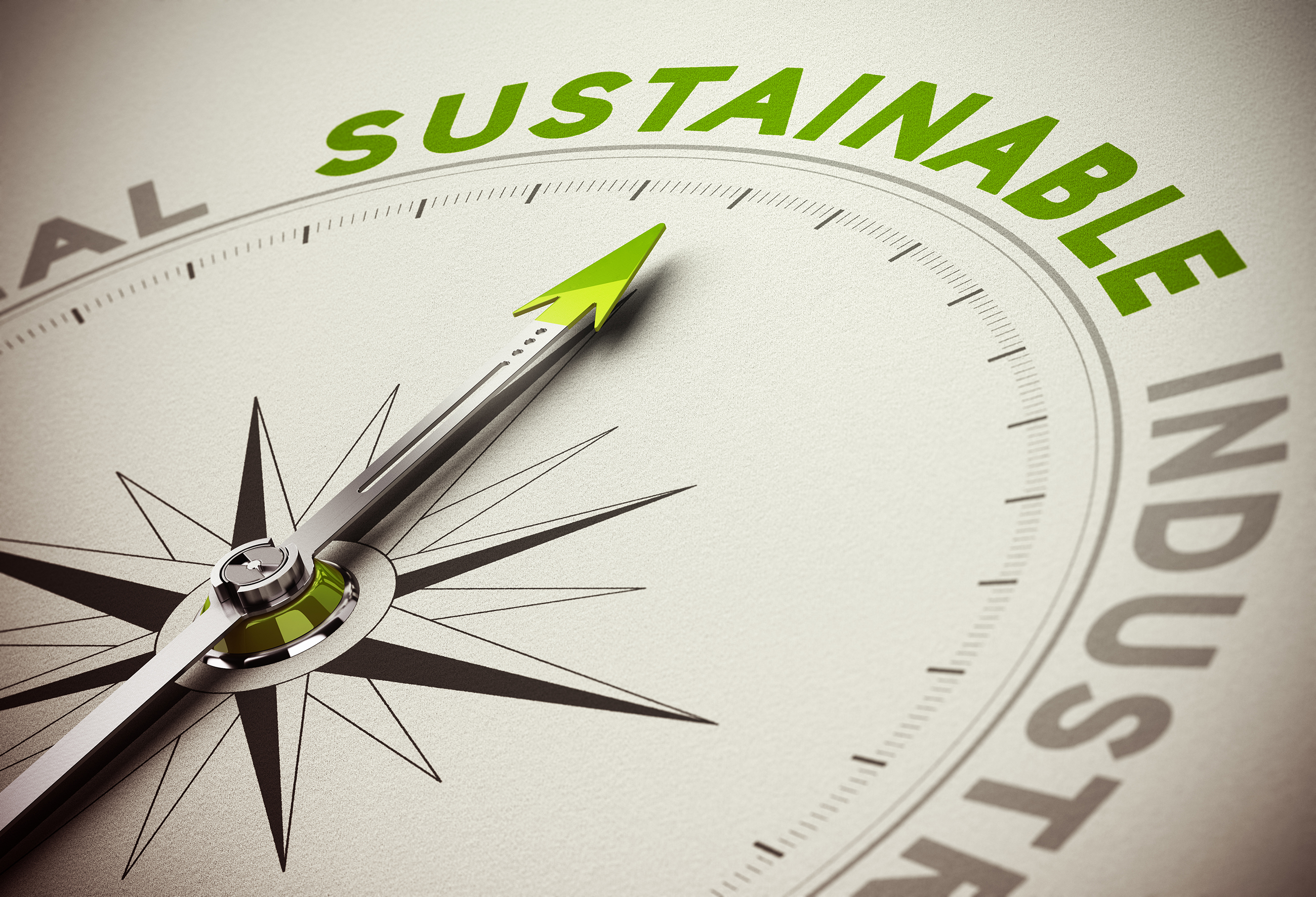
Millions of people around the world celebrate Earth Day each year to demonstrate their support for environmental protection. But for Dr. John Rost, who leads our global sustainability strategy, that is a year-round focus. In this Q&A, John answers some common questions about the company’s sustainability progress and what lies ahead.
Q: Crown is approaching the target date for completing its first set of sustainability goals. What progress has been made and how does it inform the next steps of the company’s journey?
A: Globally, we’ve made significant progress against our 2020 sustainability goals and are on track to reach our objectives. At the end of fiscal year 2018, we had already achieved 94% of our target to reduce Scope 1 and Scope 2 greenhouse gas emissions (GHGs) by 10% per billion standard units of production (against 2015 levels). As a company, we have also lowered our absolute emissions by 1.7% even with ramping up production by 8.4%, demonstrating our ability to serve customers with greater capacity while still operating responsibly.
Also in progress is the initiative to reduce energy consumption by 5% per billion standard units of production. Our metal packaging plants surpassed that goal as of December 31, 2018, dropping energy usage by 6.23%. Across the company, we continue working to reduce our energy consumption, which is impacted by figures from our glass packaging facilities in Mexico. The direct emissions from these facilities are significantly higher than those from our metal plants due to the energy-intensive process of converting sand to glass.
We are very proud of our progress, which has been supported by the implementation of efficiency projects and running the business smarter and leaner than ever before. Looking ahead at the next decade, our sights are on targets that are even more ambitious. Our 2030 goals will represent a larger shift for Crown, as we make major strides in renewable energy and expand our commitments to various areas we are already committed to internally, reflecting our role as an environmental steward.
Q: Crown’s initial sustainability goals focused on Scope 1 and Scope 2 greenhouse gas emissions. Can you share more about your commitment to setting a Science-Based Target?
A: Joining the SBTi initiative formalizes our plans to commit to climate-focused goals and underscores the importance Crown places on a low-carbon economy as part of our overarching sustainability journey. As we near the finish line of our Scope 1 and Scope 2 GHG reduction goals, we know there is more to do to minimize the impact of emissions throughout our value chain (including setting a Scope 3 goal), and we are prepared to get to work.
Q: Crown will be announcing its next set of sustainability goals later this year. What can you tell us about those goals and the company’s future sustainability plans?
A: While our 2020 goals focused on climate (GHG emissions and energy consumption), our next set of goals will address all material aspects of our Environmental, Social and Governance (ESG) framework. Our new sustainability strategy will build on the great strides we have made thus far in the areas of GHG emissions, renewable energy, the environmental footprint of our facilities and supporting our employees and communities. With this mindset, we are continuing to track our footprint but are also mapping out major steps we can take in areas such as the circular economy, diversity and inclusion, community participation and business ethics.
Our new sustainability program is fully supported by the highest level of Company leadership and takes a holistic approach, embedded in all aspects of our business. We are proud of our efforts and look forward to sharing further details once the pandemic subsides.
Q: Metal packaging has a compelling recyclability story to tell and is a great example of the circular economy in practice. Can you tell us more about what Crown is doing to advance circularity?
A: It all comes down to recycling: The consumer recycling the package, the recycled content making its way into and through production, the consumer purchasing that content again in the form of a new package and that same cycle repeating itself infinitely. Metal packaging has the best recycling rates of any package on the market, demonstrating it is not just recyclable in theory but is actually recycled in practice. What’s more, the material is able to be reprocessed and reproduced at astonishing speeds. The same beverage can a consumer drinks from today is able to land back in their hands, as a new drink, in just 60 days. There is no other package on the market that can go through this rapid of a transformation without compromising strength and integrity.
Externally, we are building on the strong foundation that metal packaging has as the most recycled format on the planet by driving recycling rates higher and higher. We conduct partnerships to educate the industry and also consumers on the sustainable qualities of metal and how they can do their part to ensure metal makes its way through the recycling stream.
Internally, our value chain promotes the collection and reuse of metals, ensuring precious materials are not wasted unnecessarily. We also ensure this same focus is given to products outside of our metal packaging business. Our Transit Packaging Division (Signode Industrial Group), for example, leads an award-winning Closed Loop Recycling Program. By encouraging customers to recycle used plastic strapping, the Division can ultimately produce new strapping that reduces raw material consumption. Signode continues to be a standout company when it comes to circular materials, as most of its products have extremely high recycled content and many use exclusively 100% recycled content.
Q: Beyond the general environmental benefits that metal packaging deliver, are there any specific innovations from Crown that have helped advance the sustainability performance of customers?
A: Designs like the SuperEnd® beverage end and Peelfit™ can have made a new level of sustainability possible for our customers and, in turn, their customers. The SuperEnd® beverage end uses 10% less metal than traditional beverage ends, contributing to a lighter-weight beverage can that minimizes material usage and requires less energy during distribution. Since we debuted the SuperEnd® beverage end in 2000, the nearly 700 billion ends produced have reduced aluminum usage by 207,000 metric tons and coatings by 3,034 metric tons. The ends have also saved 1,600,800 metric tons of greenhouse gases, or the equivalent of nearly 350,000 passenger vehicles driven for one year.
Similarly, the Peelfit™ can (used for dry foods), utilizes revolutionary Direct Heat Sealing Technology (DHS) to seal an aluminum foil to a collapsed bead within the can body, eliminating the rigid steel ring typically required in double seaming applications. This yields a 16% savings in materials and 32% savings in energy.
Our innovation team continues to explore avenues for providing customers with technologies that not only perform as expected but set new standards for “green” packaging. We look forward to pushing these limits with our partners as we continue on our sustainability journey.
More information about our sustainability progress is available in our 2019 Sustainability Report.
